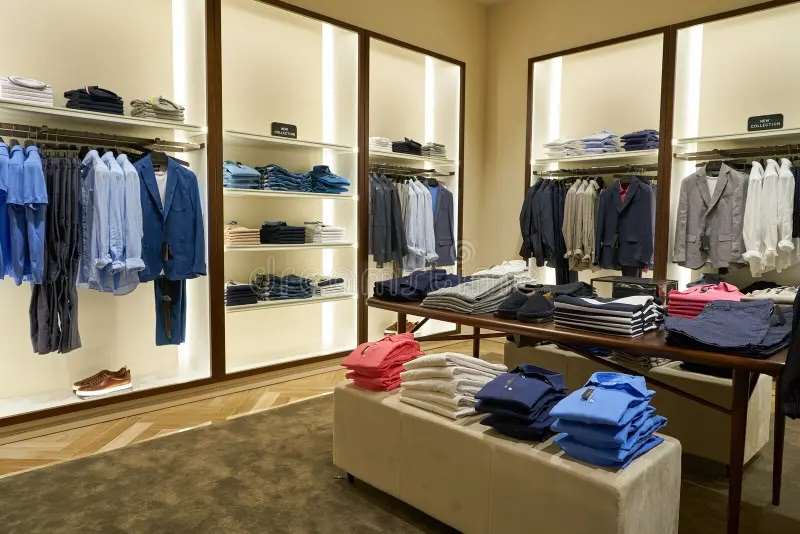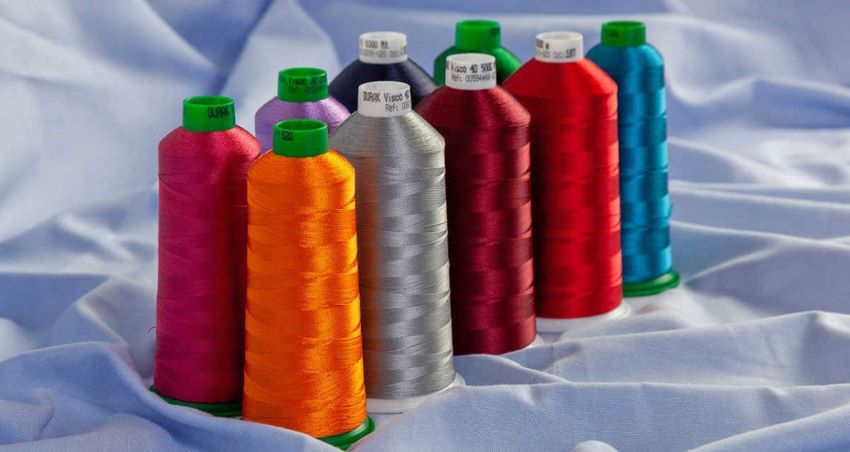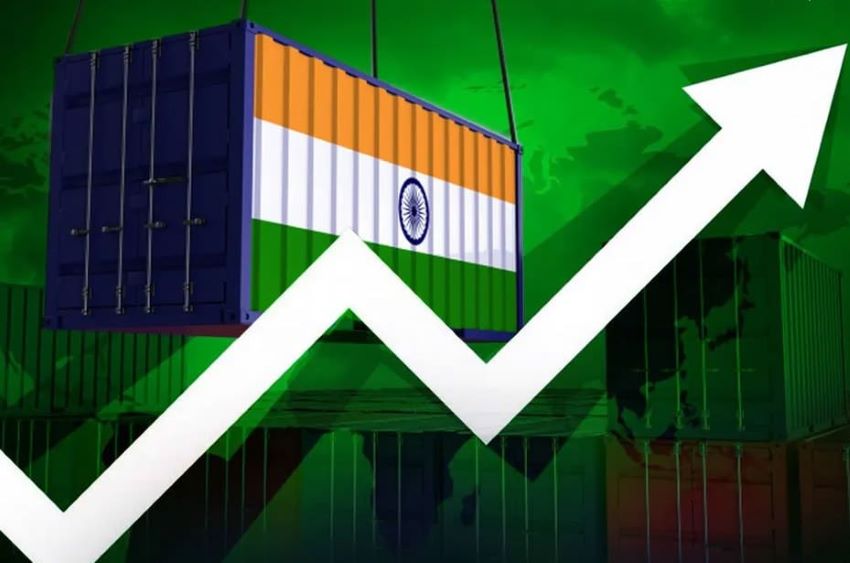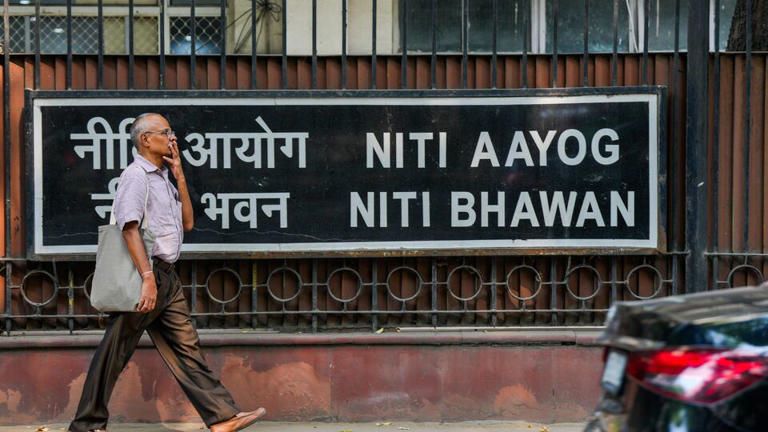
Finally India’s fashion retail can look ahead with more optimism as the sector is expected to see good double digit sales growth in FY23. As per a report by credit rating agency ICRA, rising discretionary spending and normalisation of store operations post pandemic, India’s fashion retail sector is expected to see a 45 per cent year-on-year (YoY) sales growth.
Operating profit margins to grow
With significant rise in advertisement and promotion spends so far this year, fashion retailers operating profit margins (OPMs) are expected to be around 7-7.3 per cent, the report predicts. In fact, India’s retail sector saw significant 55 per cent YoY revenue growth in first nine months of FY2023 led by improved economic activity and an uptick in discretionary spends. As Sakshi Suneja, VP and sector head of corporate ratings at ICRA, says, “While this was admittedly partly led by a low base, it also reflects a sharp 35 per cent growth over the pre-pandemic period of first nine months of FY2020.”
A similar stud more recently by Unicommerce too had said, the growing adoption of e-commerce in India has helped the accessories and footwear segments which reported a phenomenal 41.2 per cent and 41.7 per cent YoY growth this winter over last year. The growth was led by rising consumer interest in products such as perfumes, watches, belts, hats, jewellery, and hair accessories among others.
The Unicommerce analysis had also stated, boots and sneakers were shoppers’ most popular choices in footwear. Innerwear was the other emerging segment with both men and women shopping online as numbers report a 29.3 per cent YoY growth in winter 2022. Bags and wallets, although a small segment of fashion, also reported a strong 24.3 per cent YoY growth during the same period. The report goes on to state, apparel segment accounts for the majority of e-commerce orders and has seen strong growth of 11.5 per cent YoY in this winter.
As per the latest ICRA report, retail sector’s good show was also aided by nearly 5 million sq. ft. of additional store space in FY20-FY22. Segment-wise, revenue growth is led by premium brands in the metros or Tier-I cities. After a lull in FY21 retail expansion plans were taken up with new vigour in FY22, and continues in FY23. This was enabled by the large equity raisings in FY2021, coupled with improved cash flows during FY22 and YTD FY23. As Suneja points out, “Entities in our sample set increased their capital spending to Rs 14 billion in FY2023, implying a YoY expansion of 55 per cent.”
The ICRA report says, retailer’s gross margins in 9M of FY2023 remained largely in line with the FY2022 levels, as they passed on the increase in raw material costs (led by the increase in cotton prices) to consumers. The other major cost heads for a retailer are: rental, employee costs, and selling/promotional expenses, which together account for about 30 per cent of the total cost.
Value segment still to recover
The ICRA report however states, the value-fashion segment, has been facing inflationary headwinds and reported a negative same-store-sales growth compared to pre-covid days of the first nine months (9M) of FY2020.
While value-fashion segment players continue with their capex plans in FY2023, ICRA expects some curtailment/re-calibration in capex spending by them in FY2024, till inflationary pressures ease.
Meanwhile, online retail continues to grow. The ICRA report suggests, online sales will continue to grow, albeit at a slower pace, as the pandemic slows down. The share of online sales is expected to grow to 12-14 per cent of revenues by FY25 as against 8 per cent in FY22. This is, however, unlikely to replace the brick-and-mortar sales model any time soon.
Online retail continues to remain popular
On similar lines as per a Technavio study, online fashion retail market In India is predicted to grow by $22.97 billion from 2021 to 2026. The report says, the market is estimated to grow at a CAGR of 18.83 per cent during the forecast period. One of the key trends influencing the growth in India’s online fashion retail market is the rise of social commerce. With major players like Facebook, Instagram, YouTube, Pinterest, and Snapchat, the social commerce platforms facilitate transaction-based social interaction and user experiences through their platforms.












